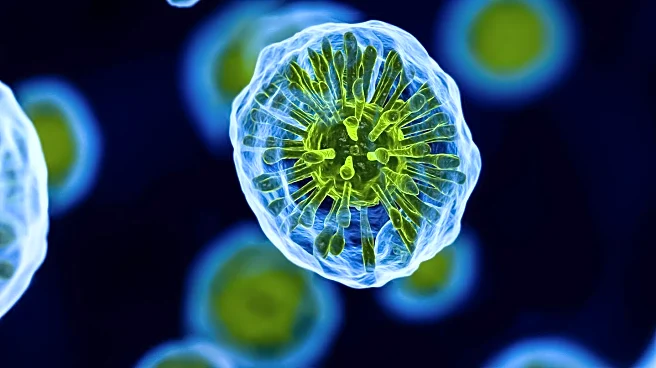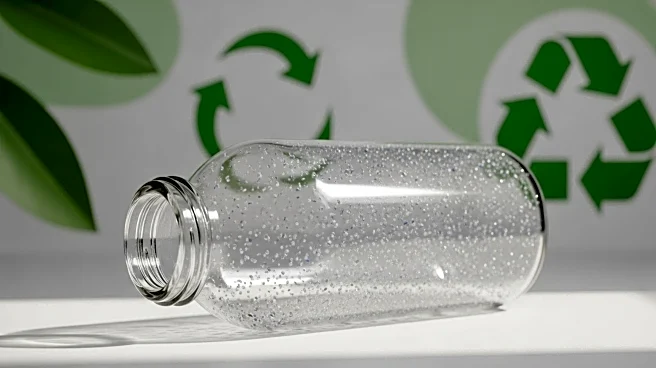What's Happening?
Recent studies have highlighted the presence of microplastics in various kitchen items, raising concerns about their impact on human health. Microplastics, tiny fragments of plastic, are found in nonstick cookware, plastic food containers, utensils, tea bags, spices, straws, and canned food linings. These particles can be ingested, inhaled, or absorbed through touch, potentially accumulating in human tissues and organs. The studies suggest that microplastics may contribute to health issues such as heart attacks, strokes, and tissue inflammation.
Why It's Important?
The discovery of microplastics in everyday kitchen items underscores the pervasive nature of plastic pollution and its potential health risks. As microplastics are linked to serious health conditions, this issue is gaining attention from health experts and environmentalists. The findings may prompt consumers to reconsider their use of plastic products and opt for alternatives like glass, stainless steel, and bamboo. This shift could influence market trends and drive demand for eco-friendly kitchenware, impacting manufacturers and retailers.
What's Next?
As awareness of microplastics grows, there may be increased pressure on manufacturers to reduce plastic use in kitchen products. Regulatory bodies could consider implementing stricter guidelines on plastic materials in consumer goods. Consumers are likely to seek out safer alternatives, leading to a potential rise in demand for non-plastic kitchen items. Continued research into the health effects of microplastics will be crucial in shaping future policies and consumer behavior.











